The ballad of Bill the Bastard, the warhorse who served at Gallipoli and Romani in WWI.
Bill the Bastard was a wild Australian horse who bucked off every rider who dared to mount him – until the night he was called into action to carry five men to safety as a fierce gunbattle raged.
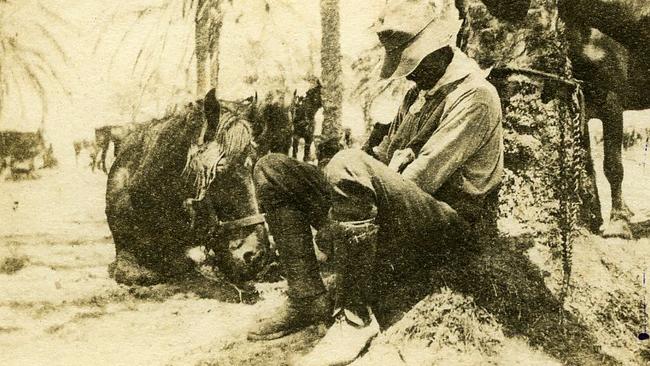
Black and White
Don't miss out on the headlines from Black and White. Followed categories will be added to My News.
While he was notoriously cantankerous, virtually unrideable and often violent, Bill the Bastard was every inch a genuine war hero.
Widely regarded as Australia’s greatest warhorse, Bill is remembered most for one astounding act of bravery that saved the lives of four Australian troopers during World War I.
Bill is the subject of the second episode in our miniseries on Australia’s greatest war animals in the free In Black and White podcast on Australia’s forgotten characters, available now.
Author Roland Perry told us last week the tale of brave WWII ship’s cat Red Lead from his new book, and returns this week to share the story from his earlier book, called Bill the Bastard.
Perry says Bill the Bastard was a wild horse of a breed known as a “waler” in New South Wales before he was rounded up and called into service at an army recruitment camp near Sydney.
“Doing the research, I felt it was a bit sadistic from the officers,” Perry says.
“No-one could actually sit on him for more than about 30 seconds, and so they used to use him for usually the city slickers who would come in wanting to join ‘the cavalry’ … young kids, really, from the age of 13.
“So the officers would put them on Bill, and he would really break bones. He would throw them so hard into fences, on the ground, and he would break an ankle or an elbow or something, and it was a bit of a laugh for them.
“So it sorted them out in a way.”
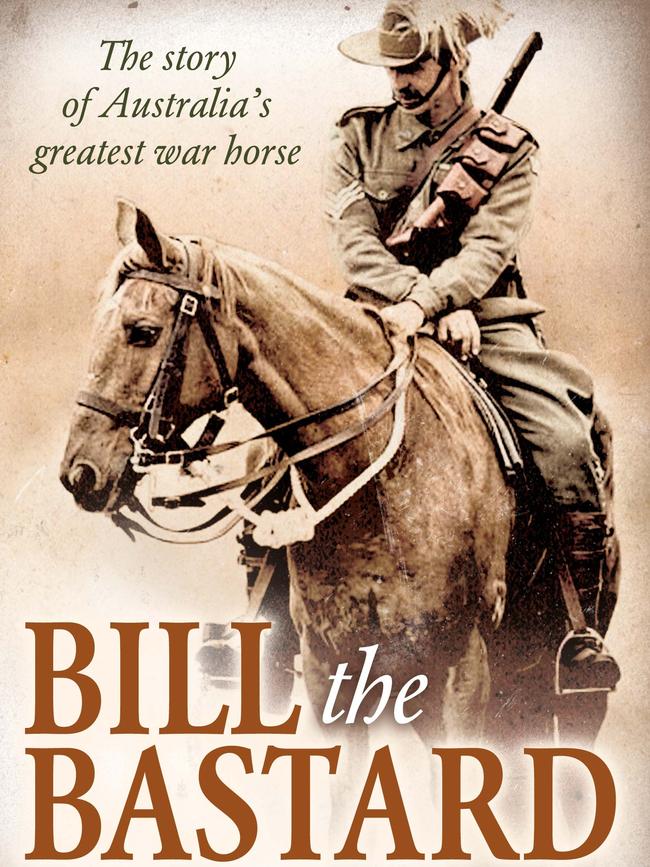
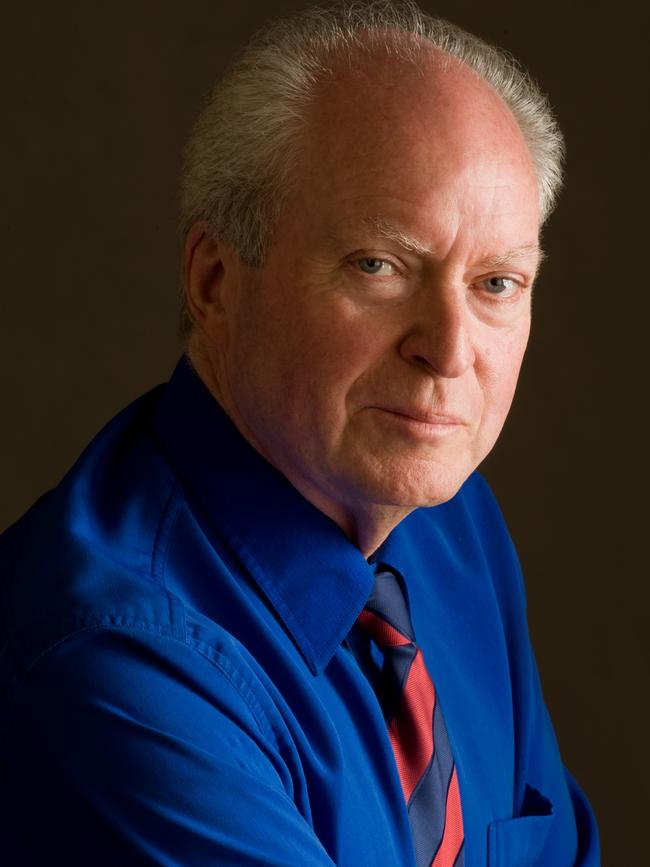
Bill was a big horse at 17.1 hands and 740kg and was one of up to 200,000 Australian horses sent to the Middle East in the Great War.
“He was amazing because he wouldn’t mind a pack on his back – 400kg, he could carry, which was massive – but he really was upset if humans got on,” Perry says.
Bill refused to let anyone ride him until he was charmed into submission by a Queenslander, Major Michael Shanahan, a horse whisperer before his time with a pocket full of licorice allsorts.
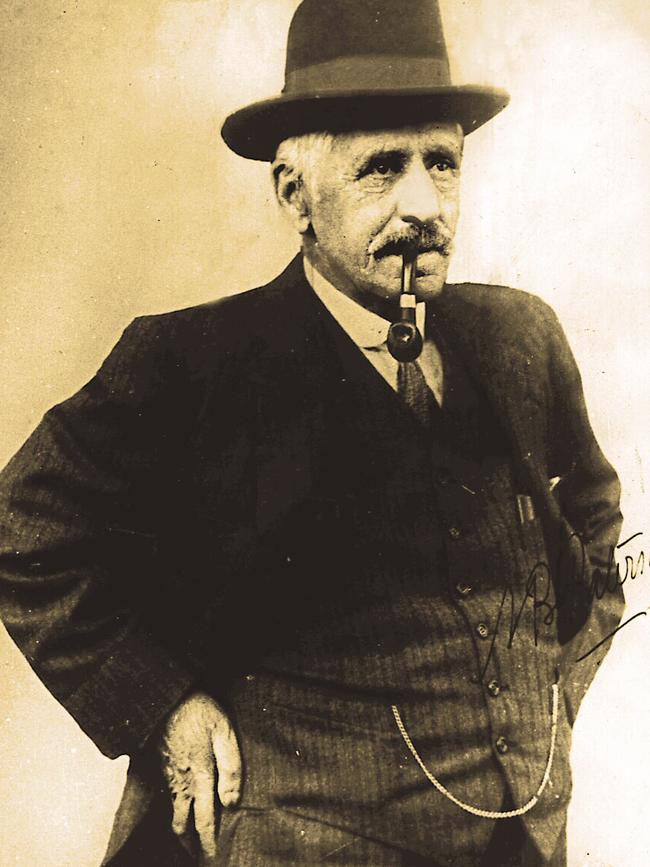
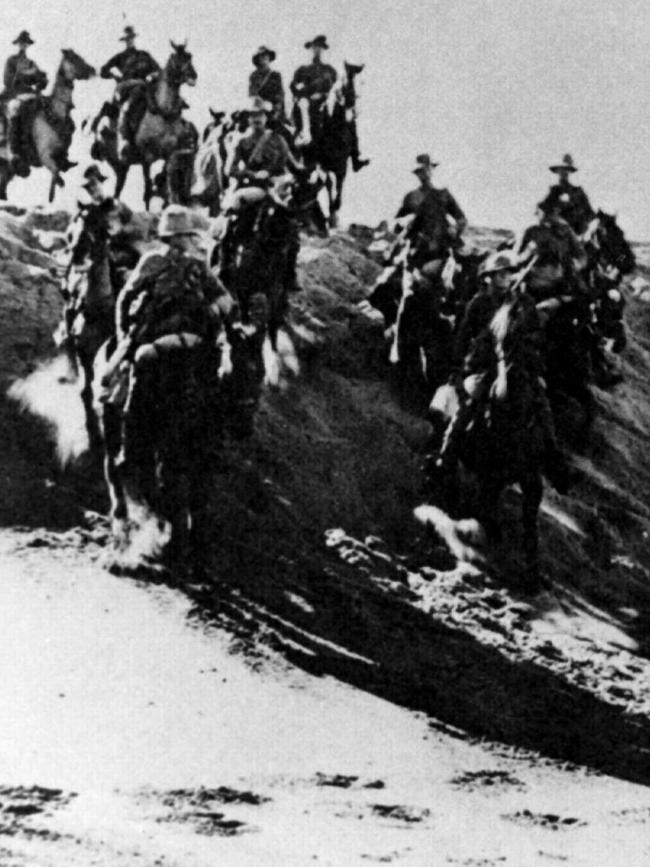
Major Shanahan persuaded famed poet Banjo Paterson, who had 800 horses and riders under his command during the war, to let him take Bill into battle.
The major and his horse forged a remarkable bond, and Bill the Bastard’s uncanny animal instincts saved the lives of Australian servicemen many times.
In August 1916, Major Shanahan rode Bill as part of the Light Horse force in the three-day Battle of Romani against the Turks.
In one incredible act, Major Shanahan on Bill rescued four Tasmanian soldiers stranded and under gun fire after their horses were killed.
“Michael Shanahan rode out on Bill and got the four men up onto the horse,” Perry says.
“And they didn’t gallop off the sand, but they trotted off, and all of them had weapons and they were firing at those pursuing them.”
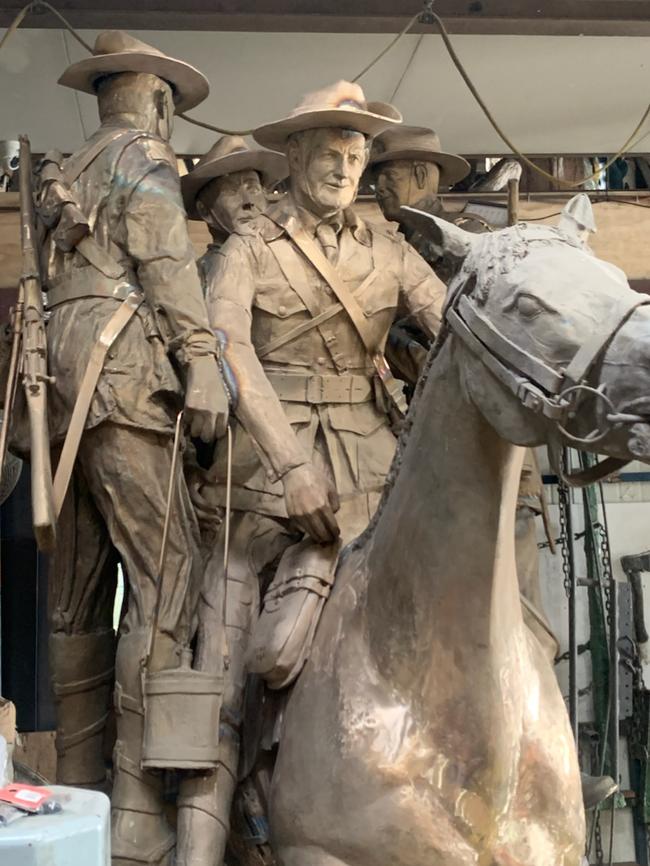
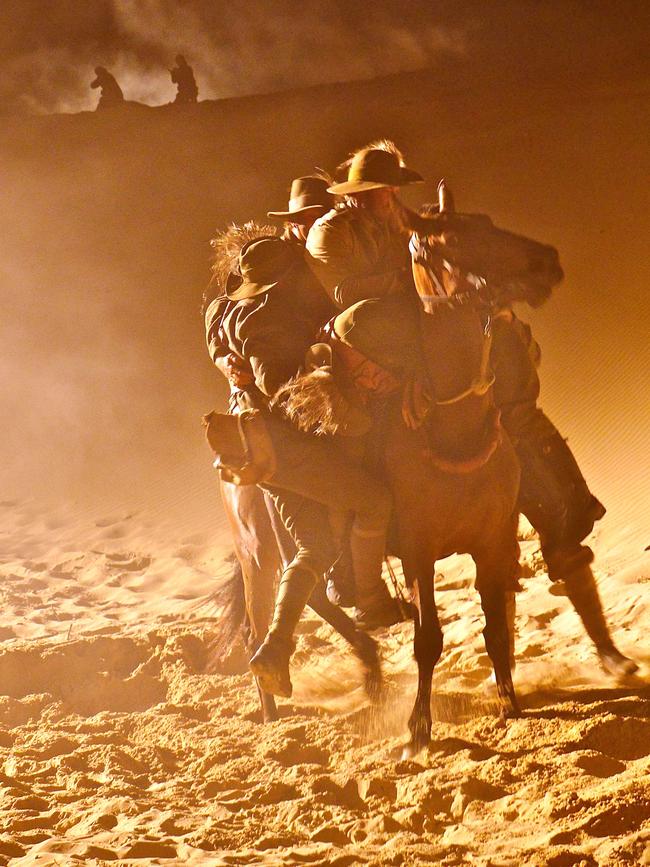
So Bill the rogue horse, unrideable not long before, carried the five men back to base.
Major Shanahan’s bravery that night earned him the Distinguished Service Order.
To find out what happened next, listen to the interview with Roland Perry in the second episode of our series on Australia’s greatest war animals in the free In Black and White podcast on Australia’s forgotten characters on Apple/iTunes, Spotify, web or your favourite platform.
Listen to our previous episode on Red Lead, the brave ship’s cat who became a World War II hero after surviving the sinking of HMAS Perth and several near misses while living in POW camps.
And listen to our earlier episodes relating to World War II including the story of the wartime nurse who survived a massacre by playing dead, and how wireless pioneer ‘Mrs Mac’ and her Morse code ‘girls’ helped win the war.
See In Black & White in the Herald Sun newspaper Monday to Friday for more stories and photos from Victoria’s past.
